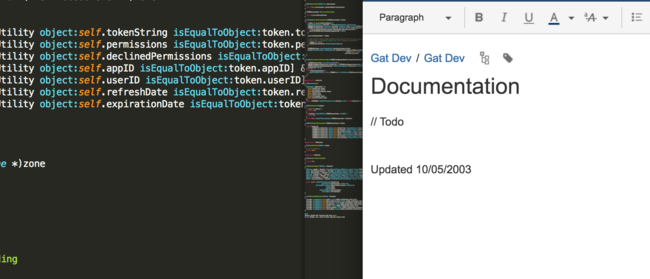A Day At Square

I work at Square as a Senior iOS Engineer and here’s what a typical day looks like for me.
Sunrise – 6AM-7:30AM
I usually get up at 6am, brush my teeth, feed my pets and jump in my car to get to work around 7:30am. I don’t usually eat anything nor make coffee because I’ll get those in the office. I live in Hayward, California and the commute to San Francisco is 27 miles. This usually takes 1 to 2 hours driving in a gas car, or about 1 hour in a low-emissions vehicle. This is because low emissions vehicles are allowed to take the HOV (high occupancy vehicle) lanes and skip much of the traffic. I recently switched my car for an electric car and saved myself 30-60 minutes a day. I could also take the BART and the trip is about 45 minutes, but it does take extra time to get to the BART station and parking the car.
Below is a timelapse video of my commute.
The video above was shot...



